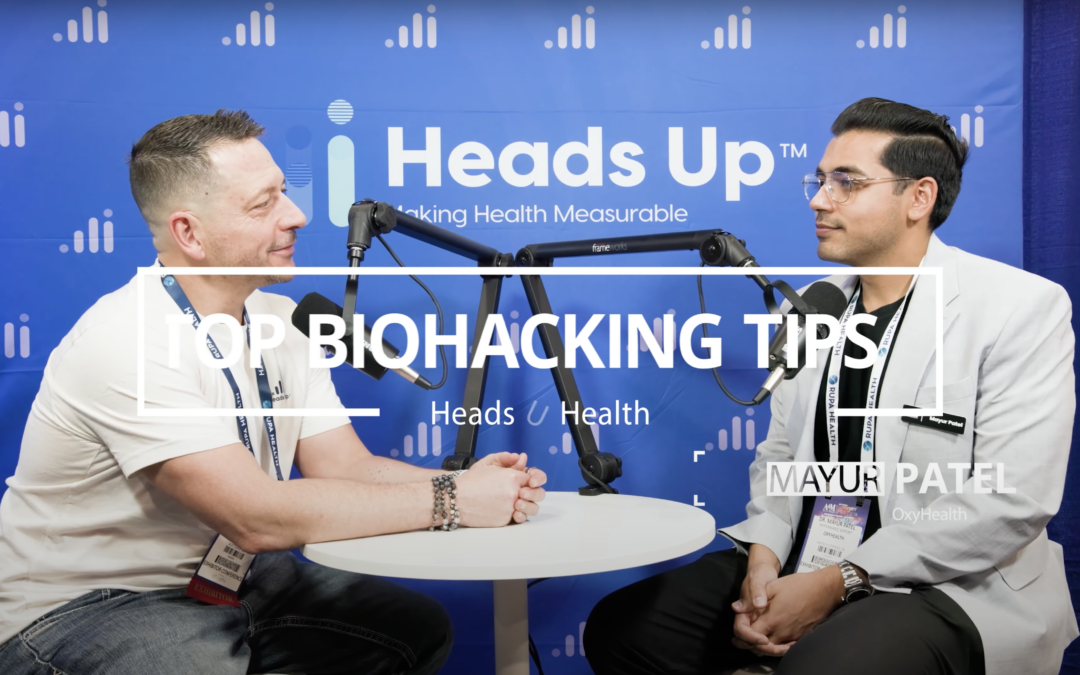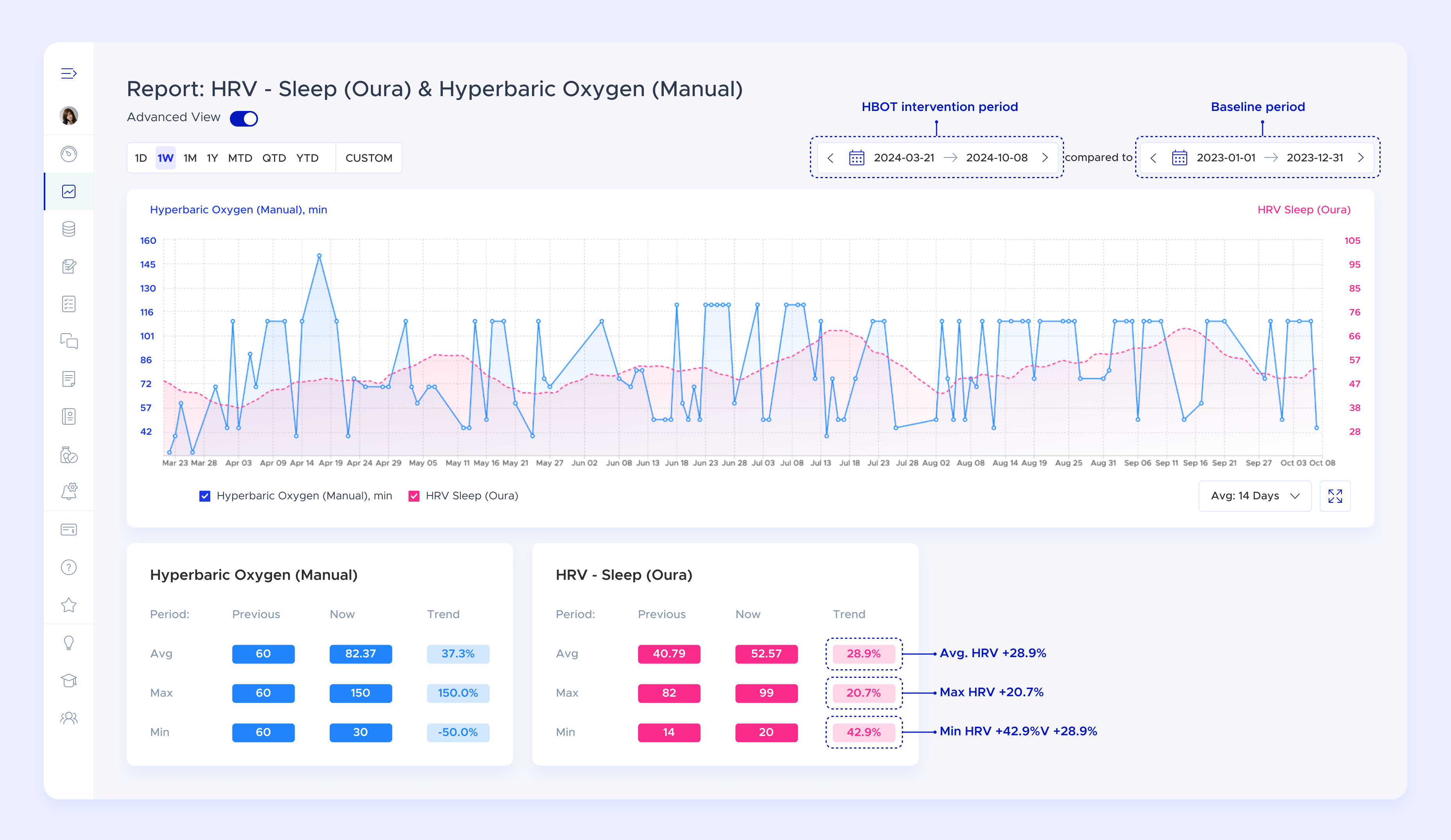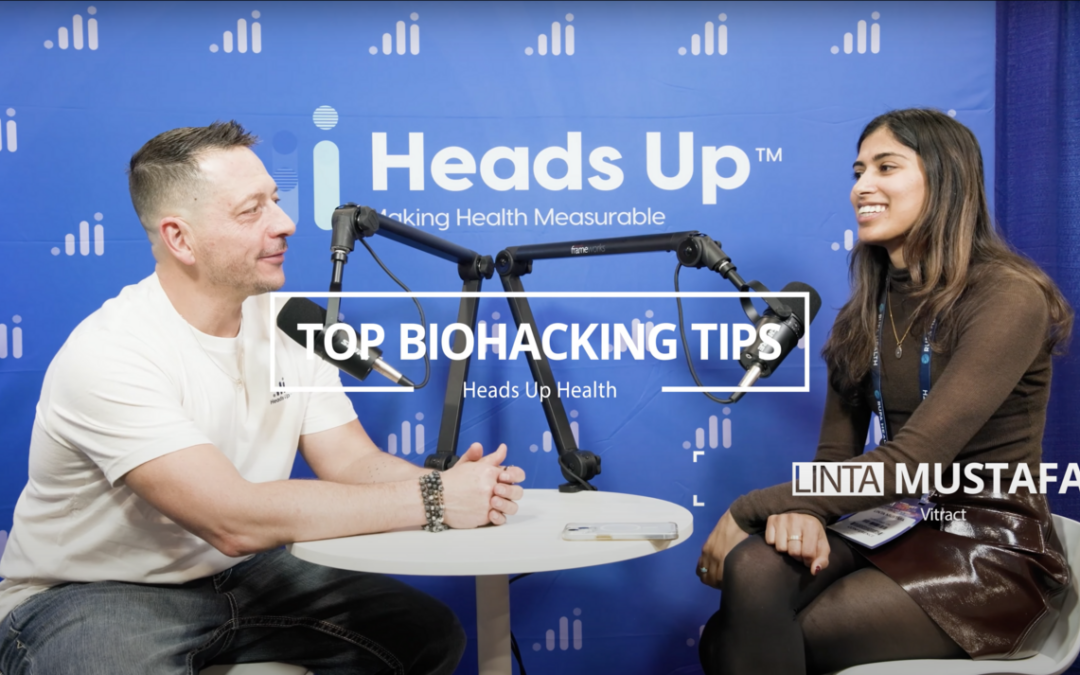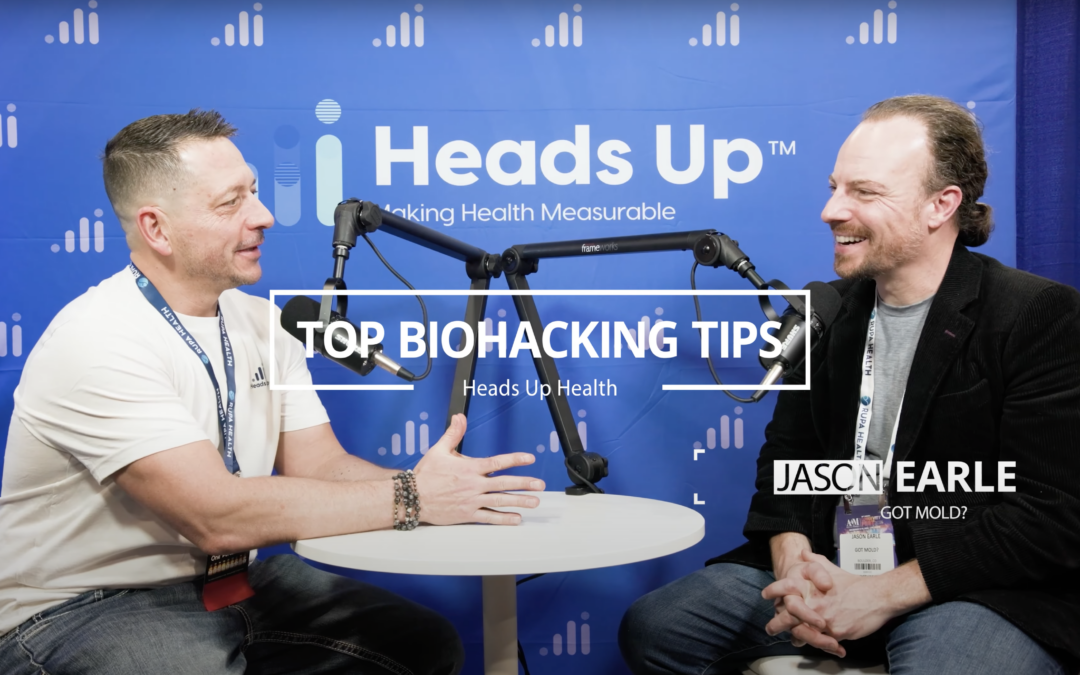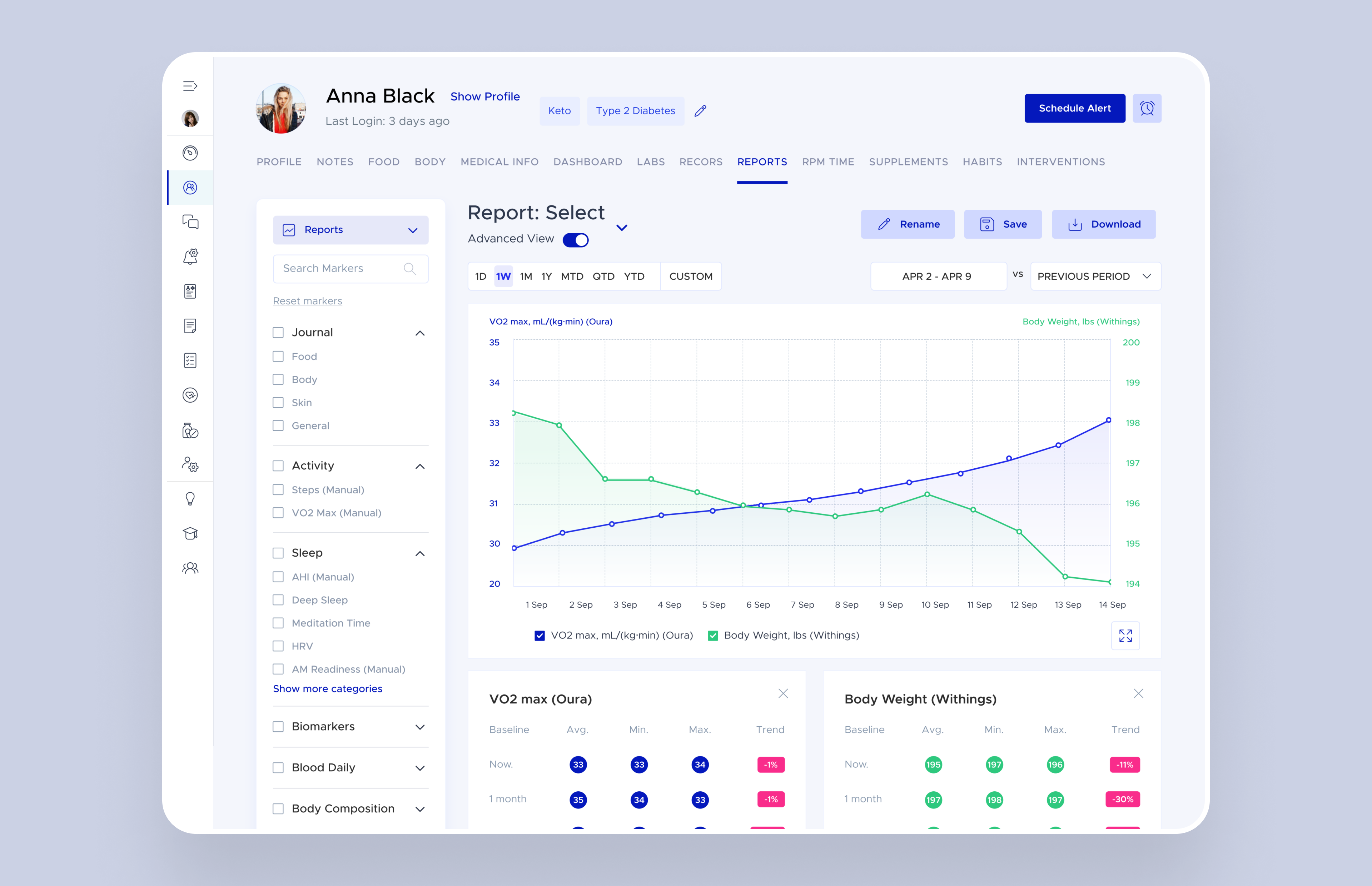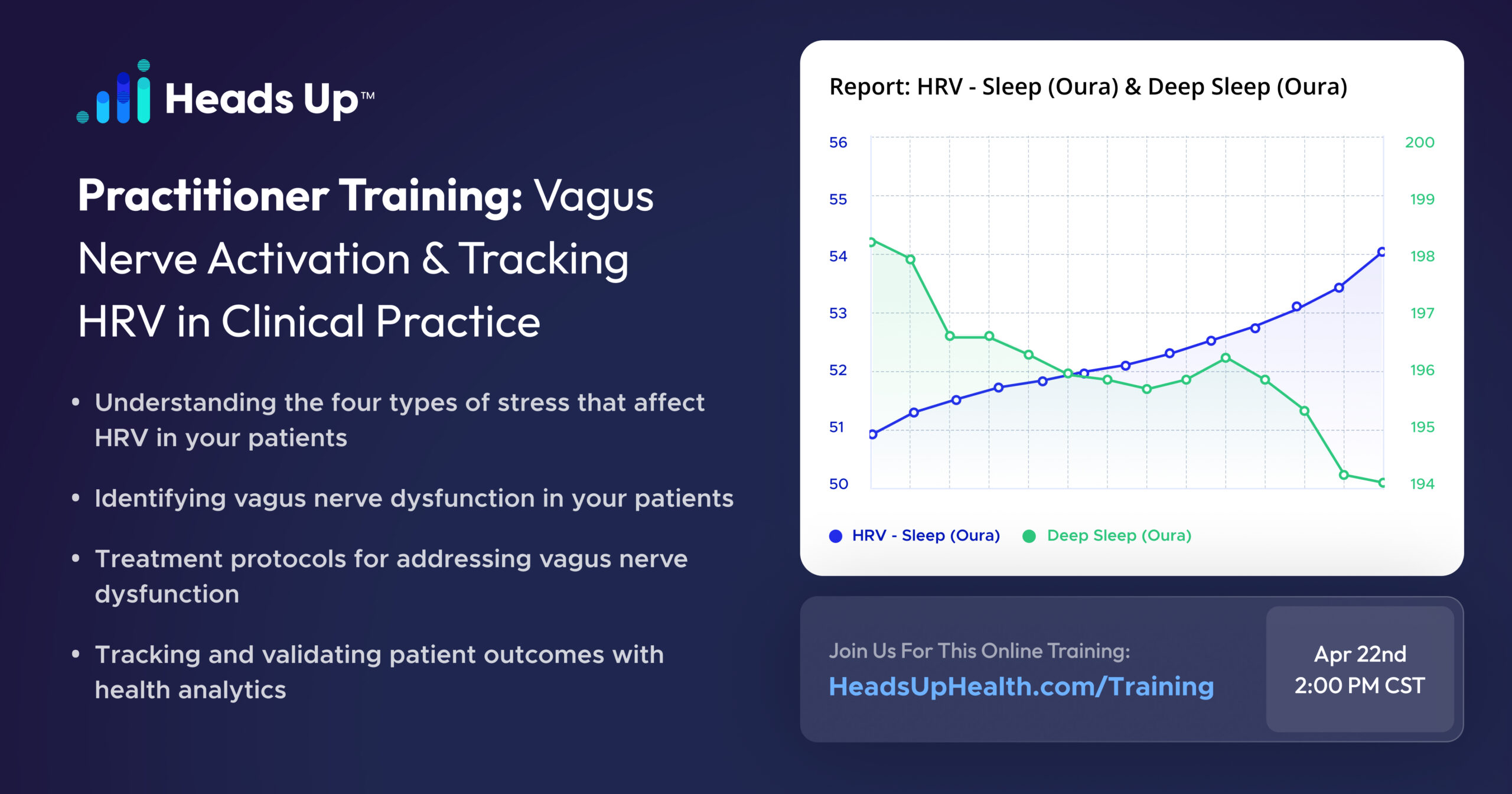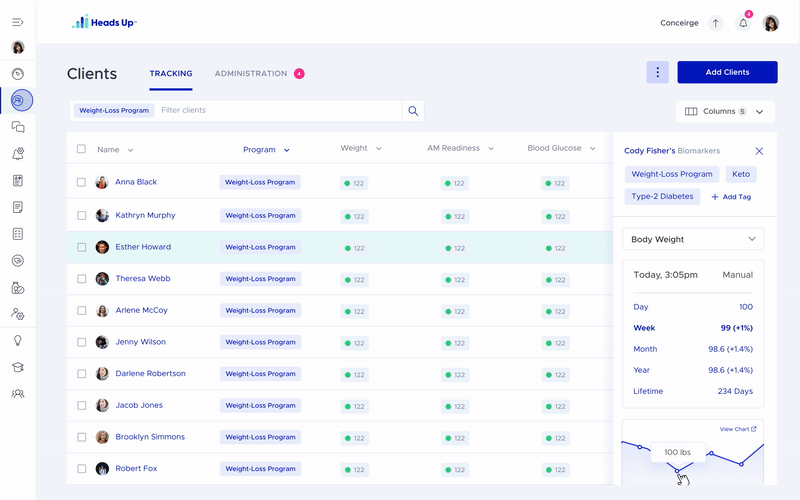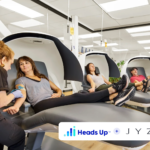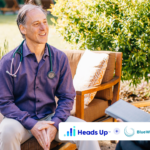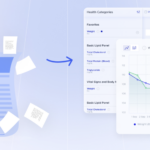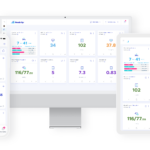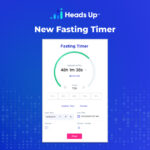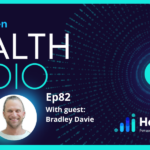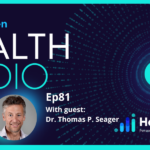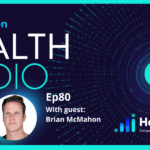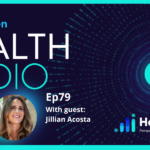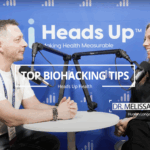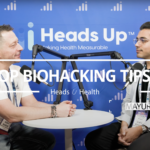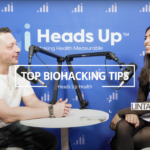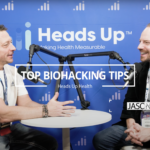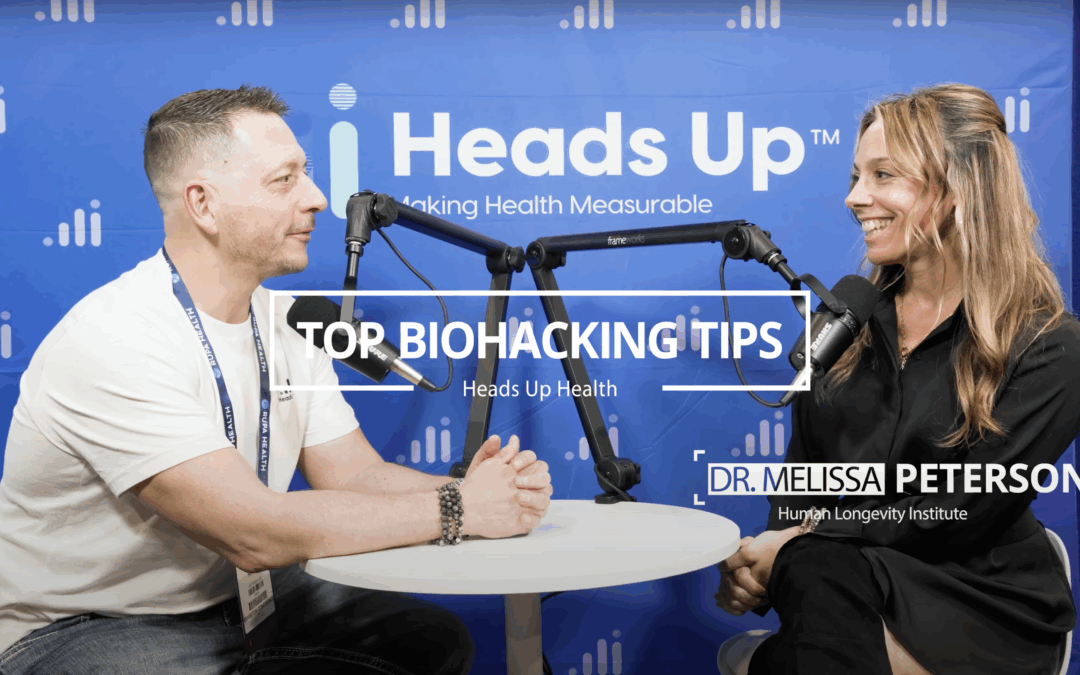
Reimagining Healthspan: How Dr. Melissa Petersen’s Longevity Paradigm is Transforming Patient Care
Reimagining Healthspan: How Dr. Melissa Petersen’s Longevity Paradigm is Transforming Patient Care
Overview
What if your patients stopped seeing aging as inevitable decline and started seeing it as a system they can optimize? In a bold and inspiring interview, Dr. Melissa Petersen, Founder of the Human Longevity Institute and CEO of Peptide University, delivers a compelling message to healthcare professionals: longevity isn’t a trend—it’s a fundamental shift in how we approach the human body.
Why This Matters for Health Professionals
As practitioners, we are trained to treat disease, mitigate risk, and manage chronic conditions. But what if we could go further? Dr. Petersen challenges us to help patients expand their healthspan, not just delay dysfunction.
With advances in longevity science, we now understand:
- Biological aging can be measured, slowed, and in some cases, reversed.
- Lifestyle variables like sleep, nutrition, and stress are now precision levers to modulate aging.
- Rejuvenation technologies and molecules—such as those targeting the thymic gland—are already available.
The Paradigm Shift: Vitality as the New Health Metric
Rather than racing against time, Dr. Petersen invites us to help our patients reframe aging as an expression of vitality. This means moving from disease management to cellular optimization, from preventive care to regenerative possibility.
It’s not just about adding years. It’s about creating more energetic, purpose-driven years. Imagine the power of data-backed biohacking paired with a patient’s belief that they’re not running out of time—they’re just getting started.
Implications for Your Practice
- Empower patients with data they can see and understand—from HRV to glucose variability and aging biomarkers.
- Incorporate emerging therapies that support regenerative goals and track impact over time.
- Foster a longevity mindset in your patient education by discussing healthspan alongside lifespan.
At Heads Up Health, we believe the future of care is personalized, data-driven, and purpose-fueled. Dr. Petersen’s message is a timely reminder that we, as clinicians and coaches, have the tools—and the responsibility—to lead this transformation.
Want to be part of the movement that’s rewriting human potential?
It starts with rethinking aging. And it starts now.
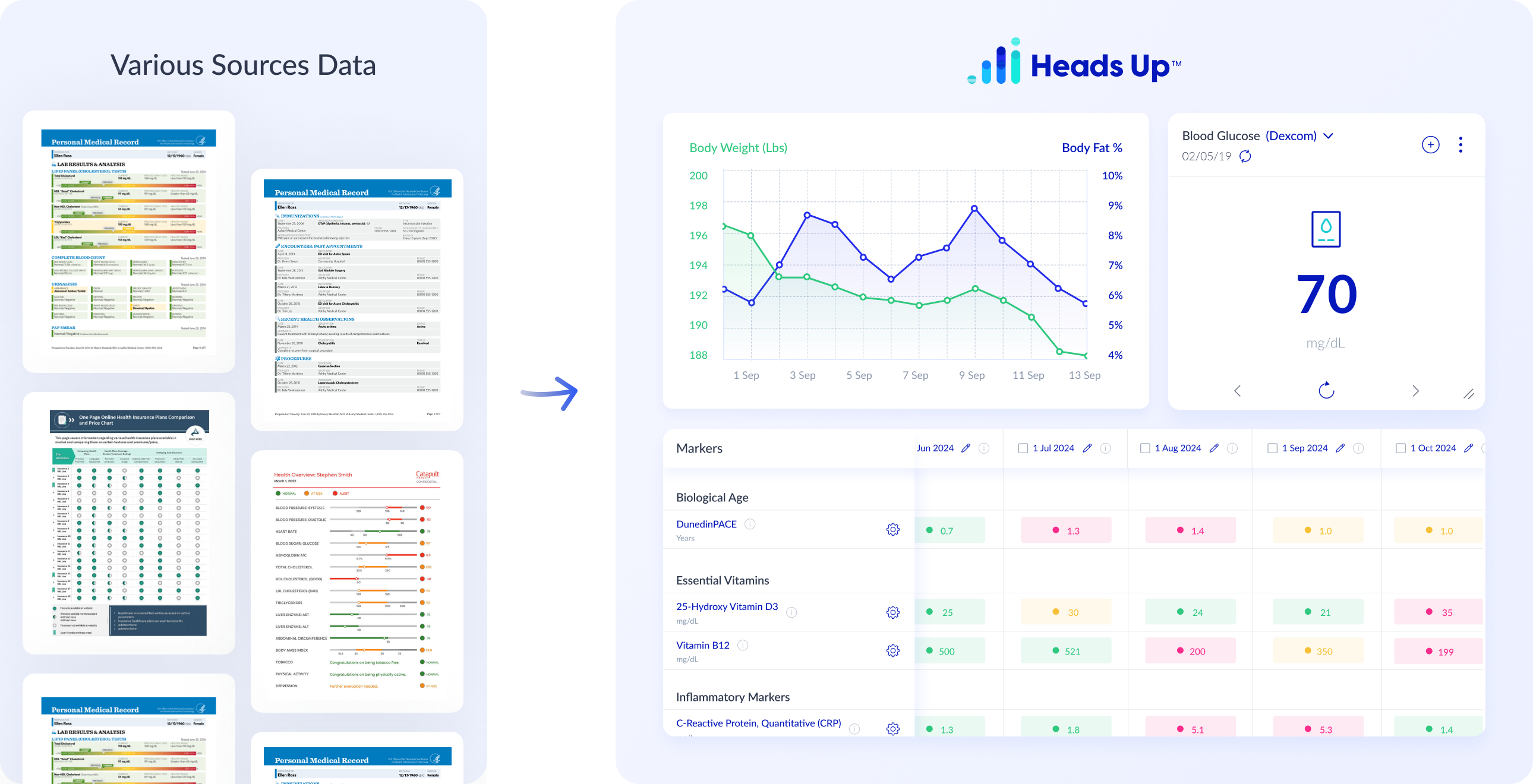
Tracking Patient Health Data Has Never Been Easier!
Leverage The Power Of Heads Up in your Health Practice
Get started with by scheduling custom demo with one of our specialists to see the difference Heads Up can make in your practice. Schedule your demo and discovery call here.

Optimize Health & Longevity
Synchronize your clients’ medical records, labs, wearables, apps, and more into Heads Up for better outcomes. Sign Up now for a free starter account!
